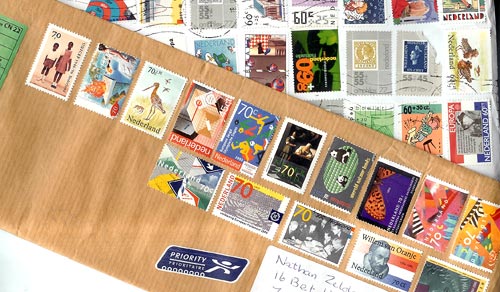Flying to the States on a Continental 777, my favorite jetliner, alternating my attention between my notebook and the video screen in the seat back in front of me. The latter is a new model, fitted to every seat in the cabin. The technology has been evolving ever since I stared flying to America back in the eighties.
At first they introduced real movie screens, one at the front of each cabin, with a projector that would show one single movie at a time. Your viewing pleasure was a matter of luck – a tall passenger in front, or a poor seat location, could wipe it out – but passengers loved it: a movie – in the sky? Wow!
Then came TV screens jutting out under the ceiling, giving better viewing to more passengers; still one movie at a time, chosen by the airline. The passengers had no choice of content or screening time.
More recently we got personal screens, with multiple movies to choose from. Typically we’d have a dozen movies, but they all ran in synch – all started at the same time, and if you switched on in the middle you saw half the movie. Of course on a transatlantic flight there was time enough to take in the missing half in the next cycle. So – each passenger now had the choice of which movie to see but not when.
So this flight, they’ve installed larger, wider screens and with them unbelievable choice. There are hundreds of movies and TV episodes to choose from, and each traveler can start any of them at any time, and even pause, rewind or FF during the movie. Perfect choice.
What will they think of next, then?



